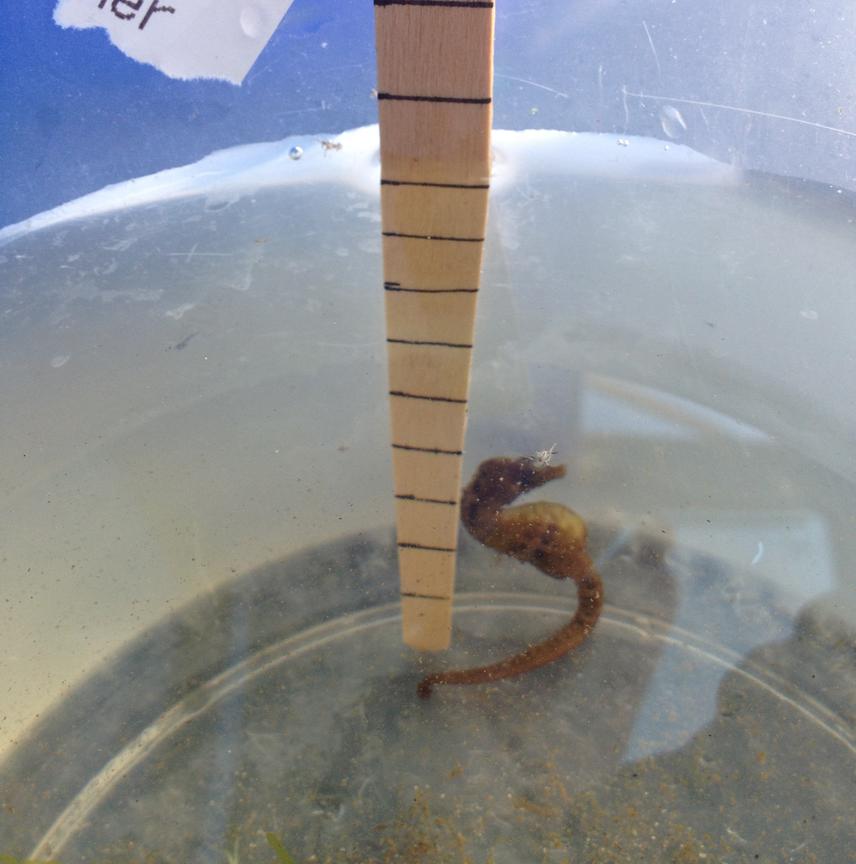Peter Teske
This project will analyse the demographic history of the world's most endangered seahorse, the Knysna seahorse Hippocampus capensis, and the relationships among its three populations, using population genetic approaches.
South Africa's Knysna seahorse, Hippocampus capensis, is the most endangered (IUCN 3.1) of the world's seahorse species, owing to its small population size and urbanisation around its habitat. Genetic research conducted a decade ago could not provide answers to several important questions, such as whether or not it is acceptable to translocate individuals to recently depleted habitats, and whether the population size has decreased during past decades. Recently, there have been several alarming developments in the three estuaries inhabited by Knysna seahorses, including very low population densities in two of the estuaries (Keurbooms and Swartvlei) and environmental degradation in the third (Knysna), which warrant further research into how to improve the species’ management, particularly with regard to creating viable back-up populations.

Small seahorse.
We propose to re-analyse the species’ demographic history using recently developed technical and analytical genetic approaches, and to use these data to inform management on how to maximise the chances of ensuring the species’ long-term survival. Specifically, our research aims to answer the following questions:
1. If one of the populations supposedly becomes extinct, is it acceptable to translocate individuals from the other populations, or from captive-bred stocks of known origin?
2. Does the Keurbooms Estuary merely provide temporary habitat for this species, so that translocations following a freshwater flood would improve the chances of the species' survival, because a back-up population can be readily created without having to rely on sporadic natural dispersal from the other estuarine systems?
3. Is the Swartlvei population indeed inbred (as suggested by earlier work), and would it be acceptable to improve its genetic makeup (and thus its ability to survive environmental perturbations or diseases) by introducing individuals from the other estuaries?
4. What are the long-term trends in the population size of Hippocampus capensis (in particular, has there been a marked decrease during past decades/centuries), and how do these estimates compare to recent census population size estimates?